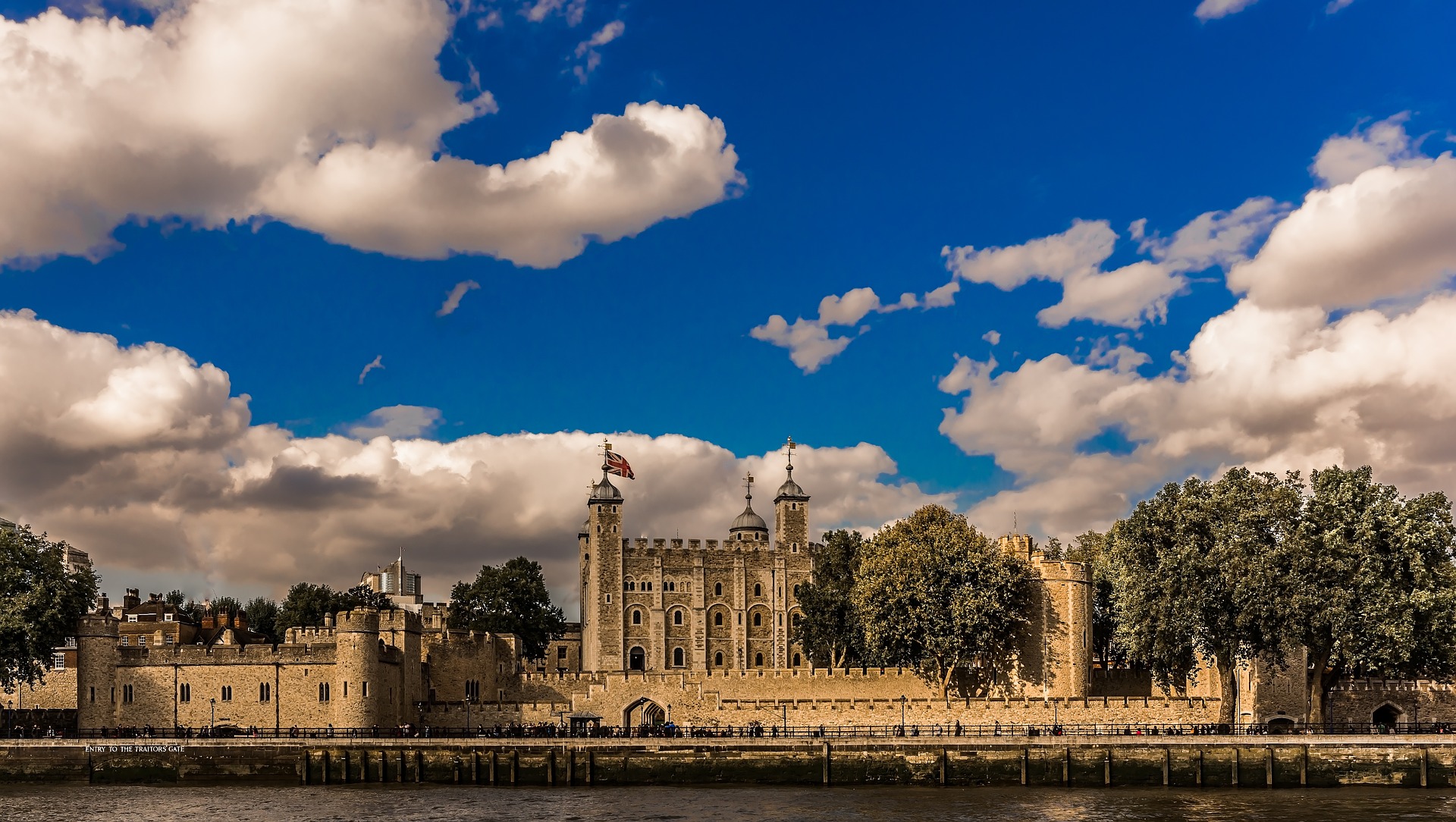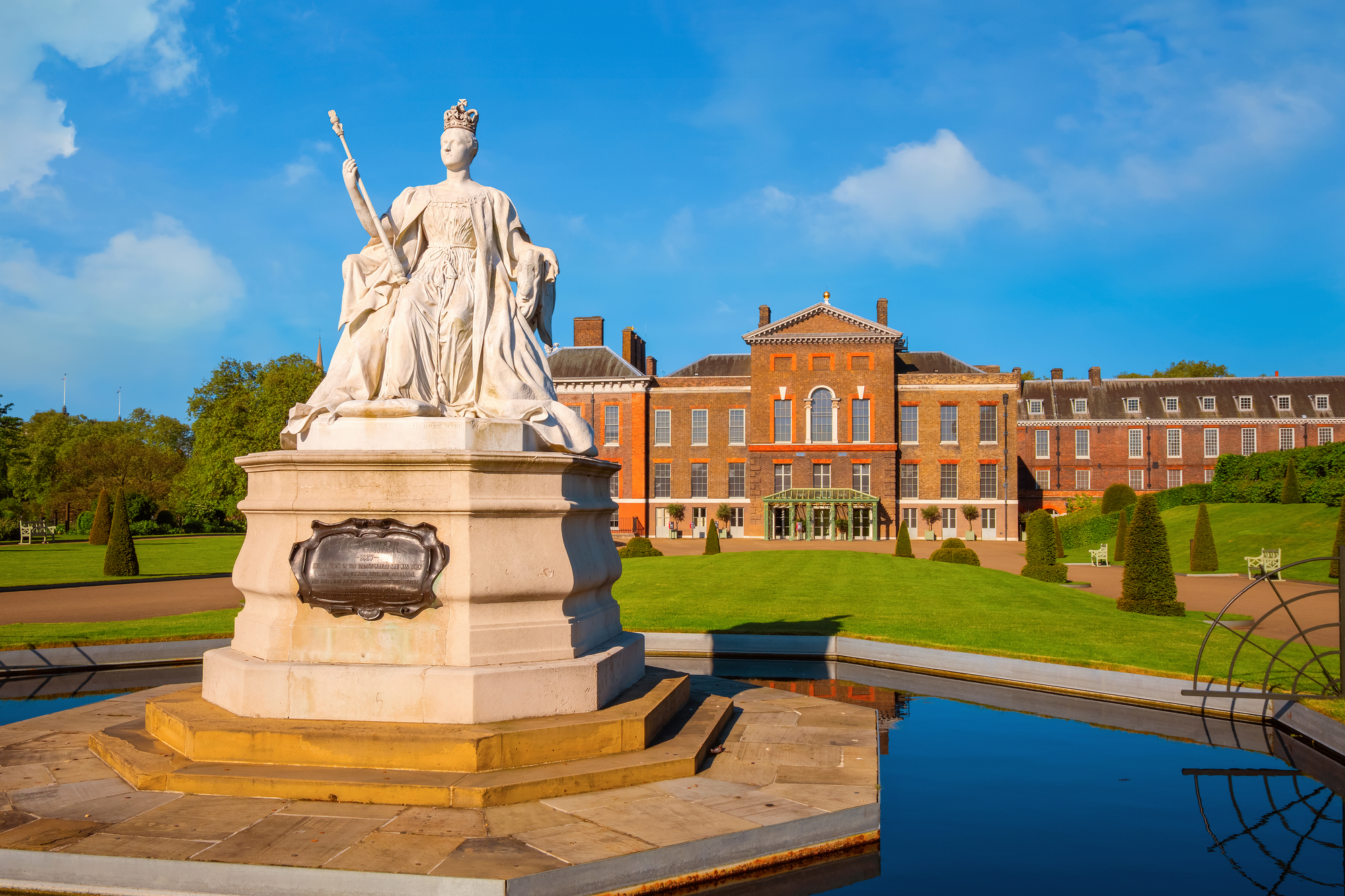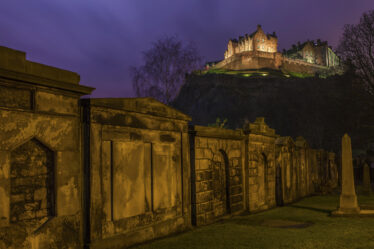
Are you planning your dream trip to Europe and eager to step right into history? If you’re fascinated by kings, queens, and grand castles, Windsor Castle is a must for your itinerary. This sprawling royal residence has seen over a thousand years of drama, intrigue, and pageantry.
In this article, you’ll discover what makes Windsor Castle so special, from its Tudor secrets to the grandeur of St. George’s Chapel. By the end, you’ll know exactly what to see, do, and experience to make your visit unforgettable.

The Origins and Historical Importance of Windsor Castle
Windsor Castle stands as one of the oldest and largest inhabited castles in the world. Its story began in the late 11th century, when William the Conqueror chose this strategic hill overlooking the River Thames to build a fortress. The location was ideal—close enough to London for convenience, but far enough away to offer safety and privacy.
Throughout the centuries, Windsor Castle grew from a simple motte-and-bailey fortress into a magnificent royal palace. Its walls have seen countless rulers, each leaving their mark through expansions, renovations, and new architectural styles. Kings and queens used Windsor not just as a home, but as a stronghold during times of unrest and war.
Windsor’s importance goes beyond its defensive role. The castle became a symbol of continuity for the British monarchy. It has served as a backdrop for major historical events: royal weddings, state visits, and ceremonies that shaped the course of English history. During the English Civil War, it was used as a military headquarters. In more peaceful times, it evolved into a center for art, culture, and royal tradition.
Today, Windsor Castle remains a working royal residence. Its thousand-year history is alive in every stone, offering visitors a rare chance to walk through the same halls as kings, queens, and world leaders. For anyone fascinated by European history, Windsor Castle is a window into the changing face of royalty and power over the centuries.

Windsor Castle in the Tudor Era
The Tudor era was a defining period for Windsor Castle. During the reigns of Henry VIII and Elizabeth I, the castle became more than just a royal fortress—it transformed into a center of court life, politics, and pageantry.
Henry VIII, perhaps the most famous Tudor king, spent much time at Windsor. He loved the castle’s hunting grounds and often hosted lavish feasts and tournaments here. Some of the castle’s most iconic features, such as the imposing gatehouse bearing his name, were built under his direction. Visitors can still see traces of Tudor architecture throughout the castle complex, from carved emblems to grand halls.
Windsor also played a key role during the reign of Elizabeth I. She frequently used the castle as a safe haven, especially during times of political tension or outbreaks of plague in London. Under her rule, Windsor became a stage for diplomacy and celebration. The castle’s rooms echoed with the voices of ambassadors, poets, and courtiers attending elaborate banquets and theatrical performances.
Many important decisions and events that shaped England’s future took place within these walls during the Tudor period. Today, walking through Windsor Castle allows you to step back into a world of powerful monarchs, royal intrigue, and Renaissance splendor. For fans of Henry VIII, Elizabeth I, and the drama of Tudor England, Windsor offers an authentic glimpse into this legendary era.

Queen Elizabeth II at Windsor Castle
Windsor Castle was more than just a historical monument for Queen Elizabeth II—it was her beloved home and a symbol of continuity for the British monarchy. While Buckingham Palace may be better known internationally, Windsor was where the Queen often chose to spend her private time, especially on weekends and during Easter.
Under Queen Elizabeth II, Windsor Castle remained a working royal residence, hosting official state visits, ceremonies, and family gatherings. The castle played a vital role in national events, such as the annual Order of the Garter ceremony and royal weddings held at St. George’s Chapel. It was also here that she conducted many of her official duties, meeting world leaders and presiding over important state occasions.
Windsor Castle became especially significant during the later years of her reign. During the COVID-19 pandemic, it served as her main residence, offering safety and privacy away from London. The Queen’s deep affection for Windsor was well known—she described it as "home" and cherished its peaceful surroundings and rich heritage.
Visitors today can see evidence of her long connection to the castle, from personal photographs on display to special exhibits about her life and reign. For anyone interested in the modern royal family, Windsor Castle offers a unique opportunity to connect with the legacy of Queen Elizabeth II and witness the living history of the British monarchy.

St. George’s Chapel: A Masterpiece within the Castle Walls
St. George’s Chapel is one of Windsor Castle’s most striking and important buildings. Built in the late 15th century, this Gothic masterpiece is famous for its grand architecture, beautiful stained glass windows, and intricate stonework. Its soaring arches and detailed carvings make it a highlight for any visitor, whether you’re interested in art, history, or royal tradition.
The chapel has played a central role in British royal life for centuries. It is the spiritual home of the Order of the Garter, the oldest and most prestigious order of chivalry in England. Each year, members of the royal family and knights gather here for a colorful ceremony steeped in tradition.
St. George’s Chapel is also the final resting place for many monarchs, including Henry VIII and Charles I. The tombs and memorials throughout the chapel offer a fascinating connection to Britain’s past. More recently, the chapel has hosted major royal events, such as the weddings of Prince Harry and Meghan Markle, and Princess Eugenie.
Visitors are welcome to explore St. George’s Chapel, marvel at its historic interior, and reflect on its centuries of royal ceremonies. Photography is not permitted inside, which helps preserve its peaceful atmosphere. For anyone passionate about history or architecture, St. George’s Chapel is an essential part of the Windsor Castle experience—a place where the past feels truly alive.

What to See and Do at Windsor Castle Today
Windsor Castle offers a rich and varied experience for visitors. Whether you’re fascinated by royal history, stunning architecture, or beautiful gardens, there’s something here for everyone.
Explore the State Apartments
The State Apartments are among the castle’s biggest highlights. Lavishly decorated with priceless art, elegant furniture, and sparkling chandeliers, these rooms give a glimpse into royal life past and present. Each room has its own story, from grand banquets to important state meetings. Don’t miss the impressive Waterloo Chamber, filled with portraits of European leaders.
Visit St. George’s Chapel
Step inside one of England’s most beautiful churches. St. George’s Chapel is not only an architectural wonder but also a place where British history comes alive. Walk past the tombs of kings and queens, admire the stunning stained glass, and imagine the royal weddings and ceremonies that have taken place here.
Watch the Changing of the Guard
The Changing of the Guard ceremony is a colorful spectacle and a highlight for many visitors. Watch as soldiers in red tunics and bearskin hats march through the castle grounds to the sound of military bands. The ceremony usually takes place on select days, so check the schedule before your visit.
Stroll Through the Castle Grounds and Gardens
Windsor Castle’s gardens offer a peaceful retreat with sweeping views over the countryside. Enjoy a walk along the beautifully kept lawns and flowerbeds, and take in the impressive views from the castle’s terraces. The gardens are especially beautiful in spring and summer.
Windsor Castle provides a full day’s worth of exploring, with plenty to see, do, and discover for history enthusiasts of all ages.

Practical Information for Visitors
Opening Times and Tickets
Windsor Castle is open to visitors year-round, but opening times can vary depending on royal events or ceremonies. It’s a good idea to check the official website before your visit to confirm current times and any partial closures. Tickets can be purchased online in advance, which is recommended—especially in peak seasons. Admission includes access to the State Apartments, St. George’s Chapel, and the castle grounds.
Getting There
Windsor Castle is located about 25 miles (40 km) west of central London. The easiest way to reach Windsor from London is by train; direct services run from London Paddington and London Waterloo, with the journey taking around 30–50 minutes. The castle is a short walk from both Windsor & Eton Central and Windsor & Eton Riverside stations. Parking in Windsor can be limited, so public transport is often the best option.
Tips for Your Visit
- Allow at least three hours to fully explore the castle and chapel.
- Arrive early to avoid crowds, especially during weekends and holidays.
- Some areas may close during royal events; check ahead for updates.
- Photography is not allowed inside the State Apartments or St. George’s Chapel.
Accessibility and Facilities
Windsor Castle provides step-free access to most areas, but some historic sections have uneven floors or narrow staircases. Free wheelchairs are available to borrow, but it’s wise to reserve one in advance. There are cafés and restrooms on site, as well as a gift shop for souvenirs.
Planning ahead will help you make the most of your visit to this remarkable royal residence.
Why Windsor Castle Belongs on Every History Lover’s Itinerary
Windsor Castle stands as a living monument to British history, offering visitors the rare chance to walk in the footsteps of monarchs, statesmen, and legendary figures. Its thousand-year story weaves together the drama of the Tudor era, the legacy of Queen Elizabeth II, and the beauty of St. George’s Chapel—all set within magnificent grounds.
For anyone planning a trip to the UK with a passion for history, Windsor Castle is more than just another tourist attraction. It’s a place where the past feels vivid and immediate. From exploring regal State Apartments to witnessing royal ceremonies or simply enjoying the castle’s gardens, every moment at Windsor connects you with centuries of heritage.
After your visit, you’ll not only have seen some of Britain’s most iconic sights but also gained a deeper understanding of the events and people who shaped European history. Windsor Castle is a must-see destination for history lovers—one that promises memories and stories to last well beyond your trip.


